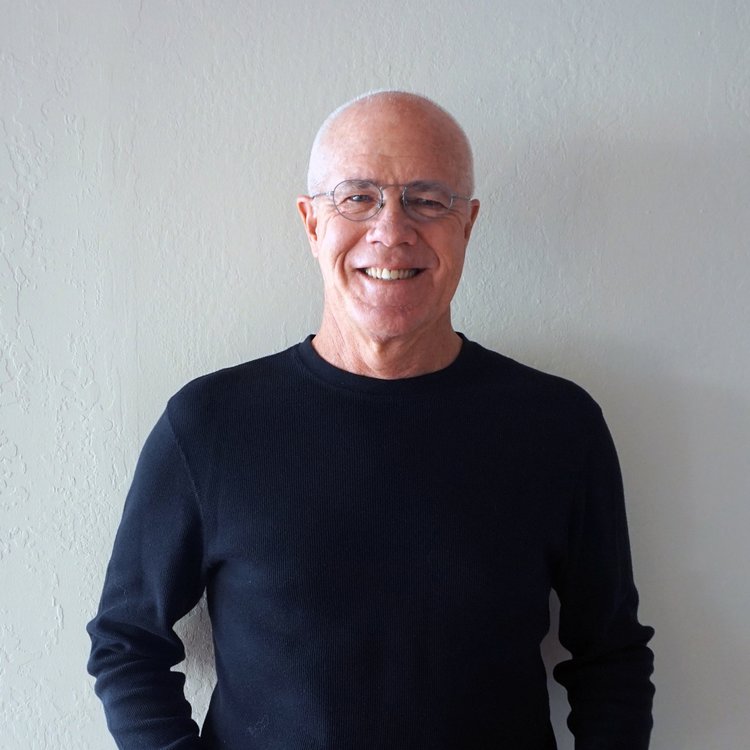First Hit: Highly implausible, slightly boring at times, but there were a couple of touching scenes.
The film begins with Mike Banning (Gerard Butler) moving through rooms in a building shooting and being shot at. It looks and feels real. Then he gets captured, and we discover it is a training exercise at Wade Jennings’ (Danny Huston) new combat training facility.
Wade and Mike talk, and we learn that they are old combat friends. Their lives’ have diverged with Wade setting up this large facility hoping to obtain government contracts to train people and participate in wars for the USA. Mike is a Secret Service Agent, married, with a young daughter, and in line to become a Director.
Mike is shown taking pills to alleviate headaches and other body pains, a result from his past work. As a long-standing Secret Service Agent, he works closely with President Trumbull (Morgan Freeman), and during a fishing excursion, the President and all the Secret Service Agents are attacked by a fleet of tiny drones.
The drones kill everyone except Mike and The President because they dive into the water. The audience knows who sent the drones, and it takes very little time for the audience to figure out who is behind the perpetrator’s scheme.
The film attempts to make this story interesting by having the FBI determine that Mike set up the presidential assassination, so they are after him. Having been rescued with the President after the attempt, they lock him up, but of course he escapes their custody. However, relying on this worn storyline, and knowing this isn’t true, there is no suspense in this film, and it now must rely solely on the action being good enough to keep the audience engaged.
For me, it didn’t. It was too predictable, not very inventive, and the film felt like it was trying to be good, but it didn’t flow smoothly or interestingly.
The best parts were when Mike found and engaged with his long-lost father, Clay (Nick Nolte). Clay is a very crusty Vietnam veteran living entirely off the grid deep in a forest area of Virginia. When Wade’s agents, who are looking to kill Mike, come to assassinate them on Clay’s land, Clay’s skills as a mercenary are a hoot to watch in action.
Teaming up, Clay and Mike head out from Clay’s cabin and try to find out who’s behind the assassination attempt and to save The President because someone clearly wants him dead.
When Clay shows up at Mike’s home and surprises his wife Leah (Piper Perabo), the scene is both touching and funny.
Everyone knows how the film ends, and although The President spends most of the time in a coma, his last two scenes, one with Mike and one with his Vice President Kirby (Tim Blake Nelson) make up for some of the film’s failings.
Butler was satisfactory in this role as Banning. Given the prognosis from doctors about his physical condition, I sincerely doubt that he would have been able to live through the action he was involved in. But that is movie life, they set up the impossible, but he succeeds. Nolte was a hoot. The Butler remark that he could be mistaken for the Unabomber was perfect. Nolte does a superlative crusty mean. Perabo had a small role, but her sincerity and nature were terrific. The film might be better served if she were more integral to the story. Freeman was his calm intelligent self and always makes a good president, or God. Huston was excellent as the “lion” who wanted to live a life of a lion and fight to the end. Nelson as VP was too easy to see through, from the get-go. Robert Mark Kamen and Matt Cook wrote the screenplay. The issue with it is that it used worn-out ideas in an old concept. There was nothing refreshingly new here except using small drones, in a swarm, to make an assassination attempt. Ric Roman Waugh has a mediocre script to work with, but many scenes seemed to take too long and had little value.
Overall: Just wasn’t exciting enough to keep me engaged.
